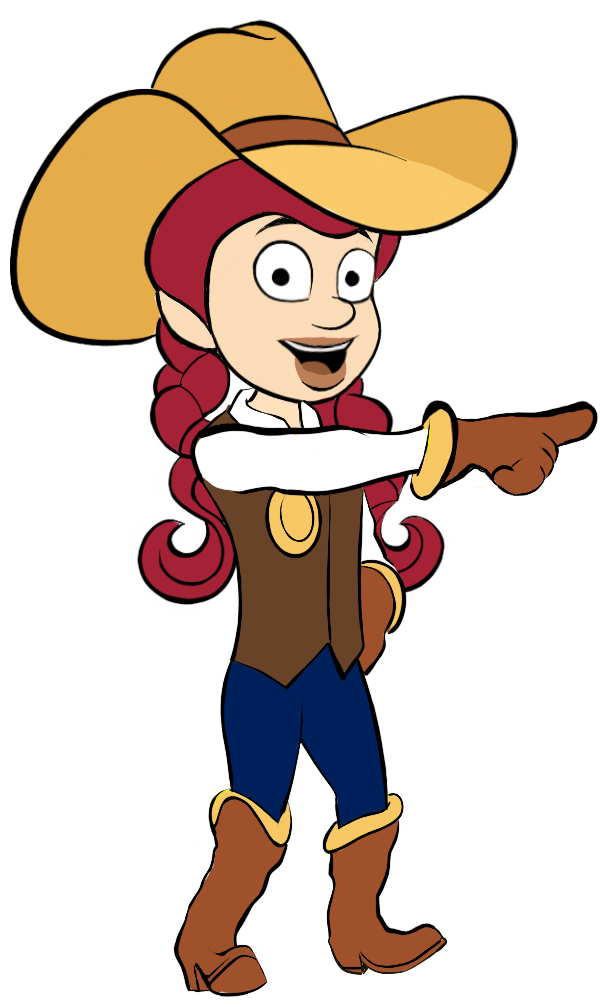Activity Overview: After identifying and looking at the capacity of different modes of transportation, this activity takes a more problem-solving approach to move individuals from one place to another. If you and your class are beginning to explore algebraic representation, there is an opportunity to extend the procedure of this activity into mathematical expressions.
Materials: Pick one configuration from the list below or mix and match depending on what is available to you.
If using "stand in" objects, make a label or write directly on the object what it represents and also label the average capacity of each method of transportation from Modes of Transportation.
If you are using toys as models, consider placing a small sticky note or other marker showing the average capacity of each mode on these as well to make it easier to model transport patterns during the activity.
As this activity examines the relative efficiency of public transportation, it lends itself to collaborative work. You may consider working as a class or in groups in order to follow the procedure. If working in multiple smaller groups, make sure each group has sufficient materials to model the below situations.
Working as a class or in groups, use numerical reasoning to "model" the following traffic patterns. Then answer the questions below. The questions are appropriate for both individual and group work.
Use the different modes of transportation represented by the models before you to move the following number of people between two places. For the purpose of this simple exercise, the transit is a Point A to Point B movement, and everyone needs to leave Point A at the same time. Further, students can assume that each mode of transit will carry exactly its average capacity.
Configurations will vary for each group and each case below. Feel free to mix and match cases as you see fit or split the cases amongst different groups, keeping in mind that the larger cases are slightly more difficult.
For each case or for comparing and contrasting between different cases, consider the following questions. Not all questions will apply depending on how you have configured this activity in your classroom.
As time permits, relaunch the activity with the following challenges and answer the same questions.
TEKS
MATH.2.6A, MATH.3.4E, MATH.3.4K, MATH.2.7C, MATH.3.5A

We'd love to help answer any questions and help you get started! Drop us a line and we'll get back to you as soon as we can.
Watt Watchers of Texas
204 E. Dean Keeton Street, Austin, Texas 78712
contact@watt-watchers.com
Nos encantaría contestarle cualquier pregunta que tenga y ayudarle empezar! Envíenos un mensaje y nos pondremos en contacto con usted lo antes posible.
Watt Watchers de Texas
204 E. Dean Keeton Street, Austin, Texas 78712
contact@watt-watchers.com